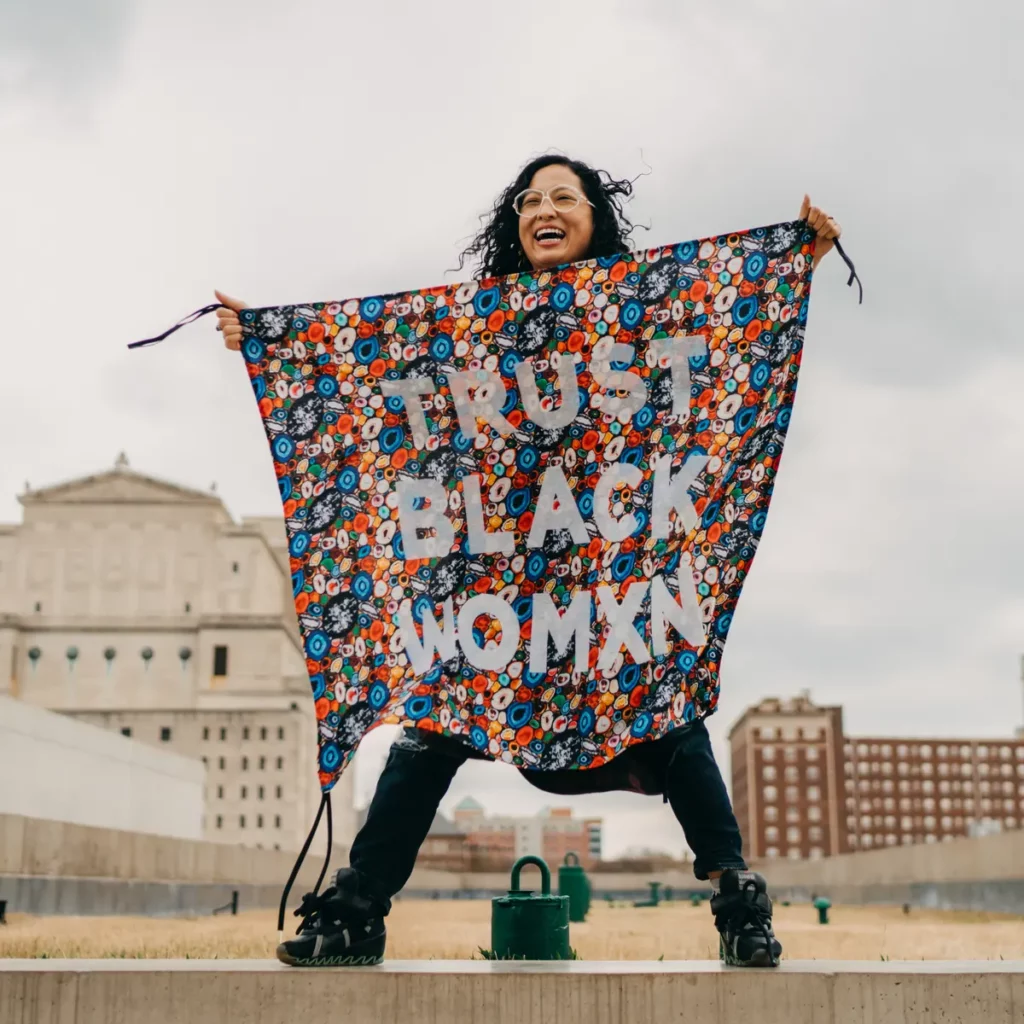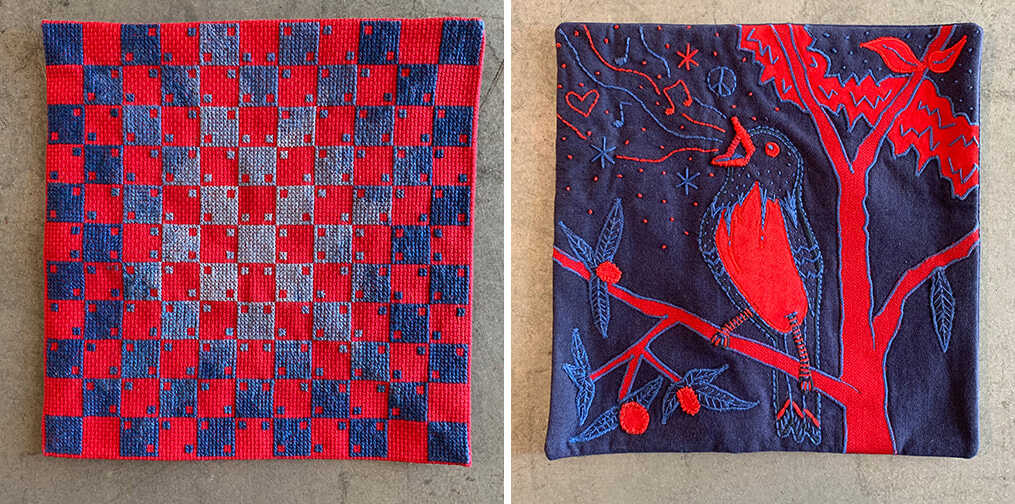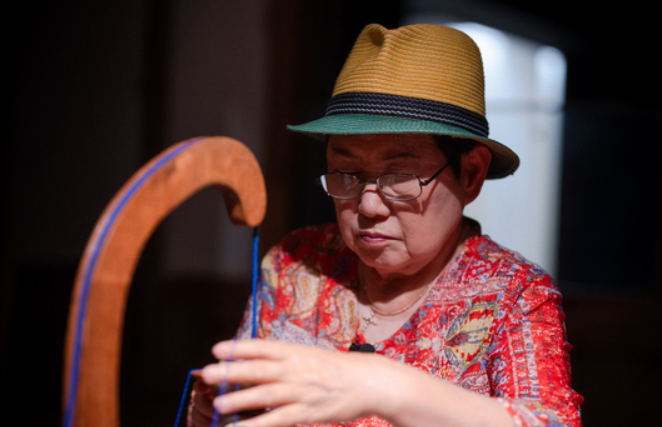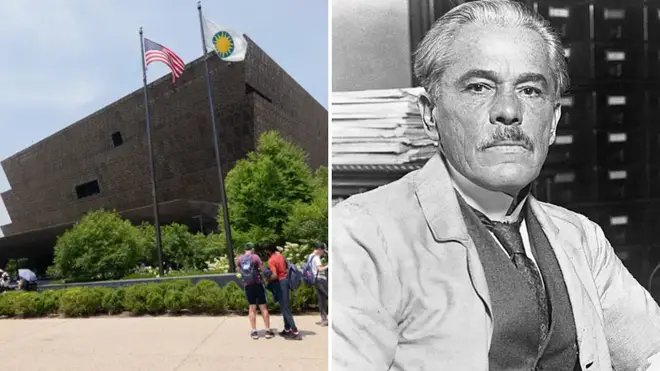From the intricate needlework of suffragettes to the poignant quilts of the Black Lives Matter movement, textile art has emerged as a potent platform for protest and social commentary. This medium serves as a vehicle for conveying political messages, challenging norms, and fostering change in society.
Resurgence of Textile Art’s Political Significance
In recent years, an upsurge in the recognition of textile art’s political potential has taken root. Facilitated by the advent of social media, artists can now seamlessly share their creations with a global audience, spurring discussions and inspiring activism. Simultaneously, there’s an increasing awareness of how textiles can debunk stereotypes and drive societal transformation.

Narratives Woven in Thread: Textile Art as Storyteller
Textile art’s narrative prowess shines as a remarkable way to engage politically. It can document historical events, amplify marginalized voices, and highlight crucial concerns. The quilts synonymous with the Black Lives Matter movement serve as a poignant example, recounting tales of victims of police brutality while vehemently demanding justice.
Symbols Forging Resilience and Aspiration
Textile art crafts powerful symbols of resistance and optimism. The suffragettes ingeniously wielded needlework to craft banners and artifacts, propelling their movement forward. These creative constructs amplified the suffragette cause, galvanizing support for women’s suffrage.
Empowerment Through Creative Fabrication
Beyond its role in protest, textile art channels empowerment. It gives rise to objects that celebrate diversity and challenge stereotypes. A striking instance is the quilting legacy of Gee’s Bend, Alabama. It’s African American women channel their artistic prowess to convey narratives of creativity and resilience. These quilts stand as a testament to the indomitable spirit of the African American community.
Resounding Reverberations of Textile Art
The political clout of textile art reverberates profoundly. Its ability to narrate stories, encapsulate symbols of defiance, and champion empowerment renders it an influential agent of change. In an increasingly interconnected world, textile art emerges as a pivotal tool in the arsenal of social transformation.
Further Chronicles of Textile Art’s Political Influence
Delving into the realm of textile art, several instances underscore its political resonance:
The AIDS Memorial Quilt: Comprising over 48,000 quilts, this poignant creation commemorates lives lost to AIDS, shining a spotlight on a health crisis while fostering empathy.
The Peace Quilt: Crafted by women across the globe, this quilt symbolizes the collective yearning for peace and mutual understanding, transcending borders with its message.
The Women’s March on Washington Quilt: A powerful expression of solidarity, this quilt unites women from diverse corners of the United States in a resounding affirmation of women’s rights.
These are but glimpses of the manifold ways in which textile art stands as a potent political instrument. From cultivating awareness to driving transformation, textile art contributes to the quest for justice and equity in an increasingly interconnected world.



